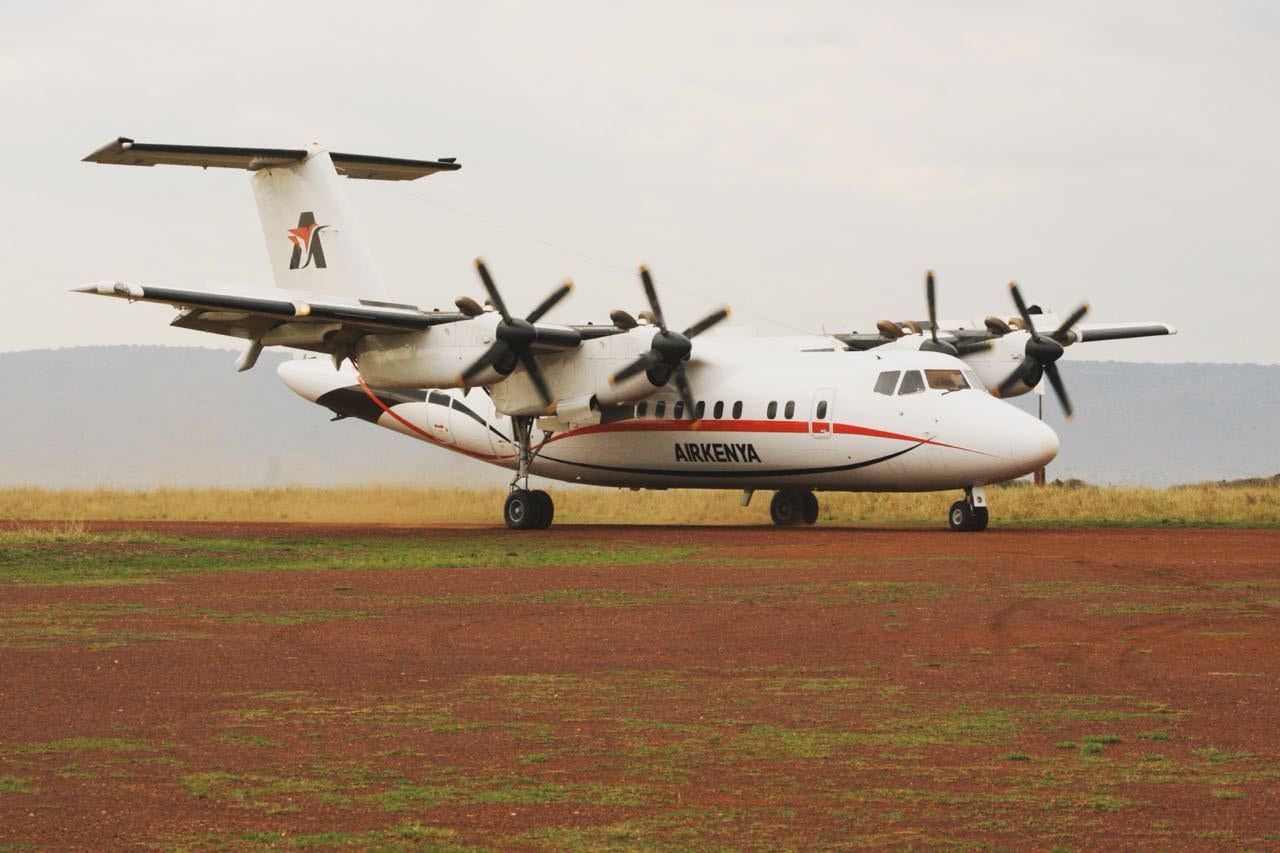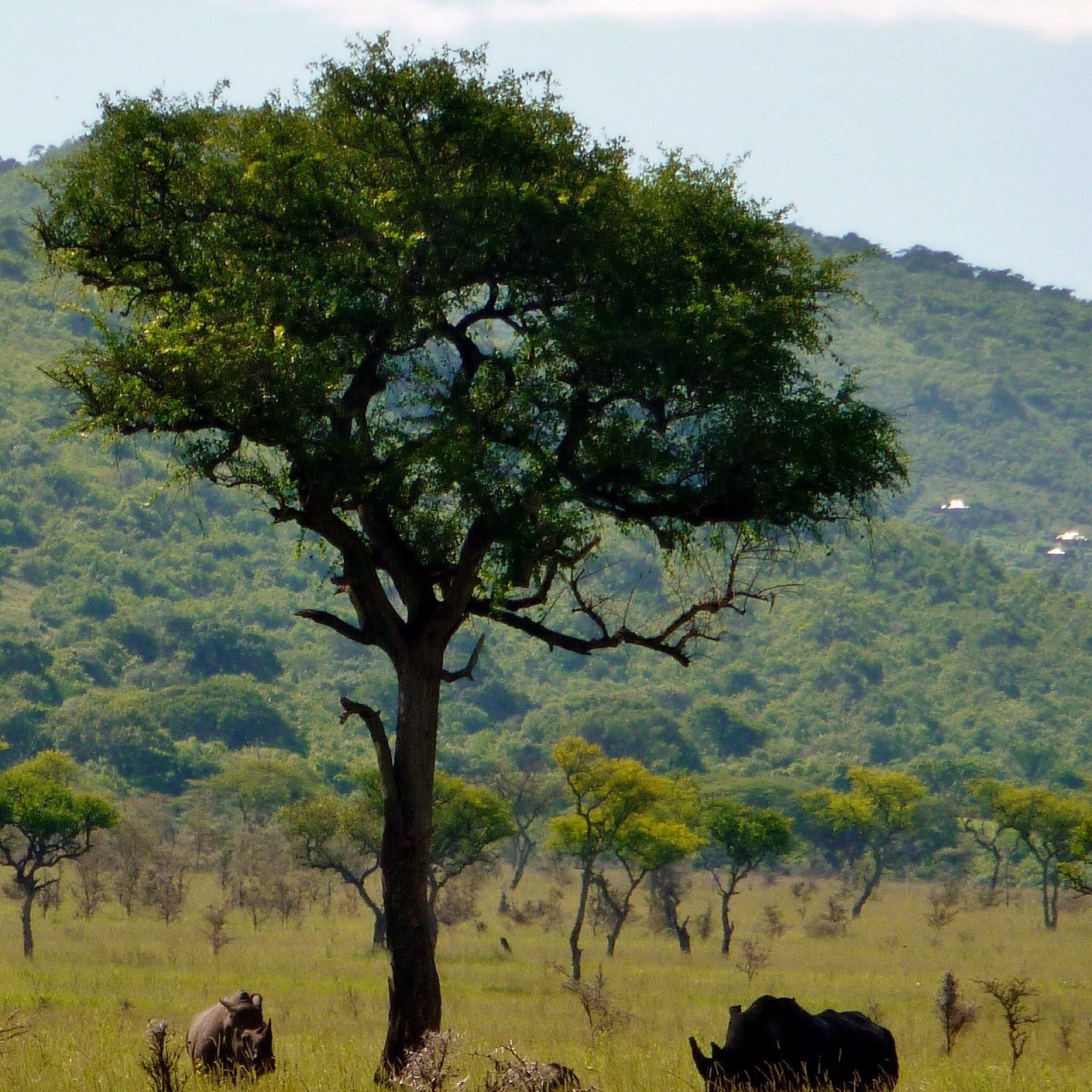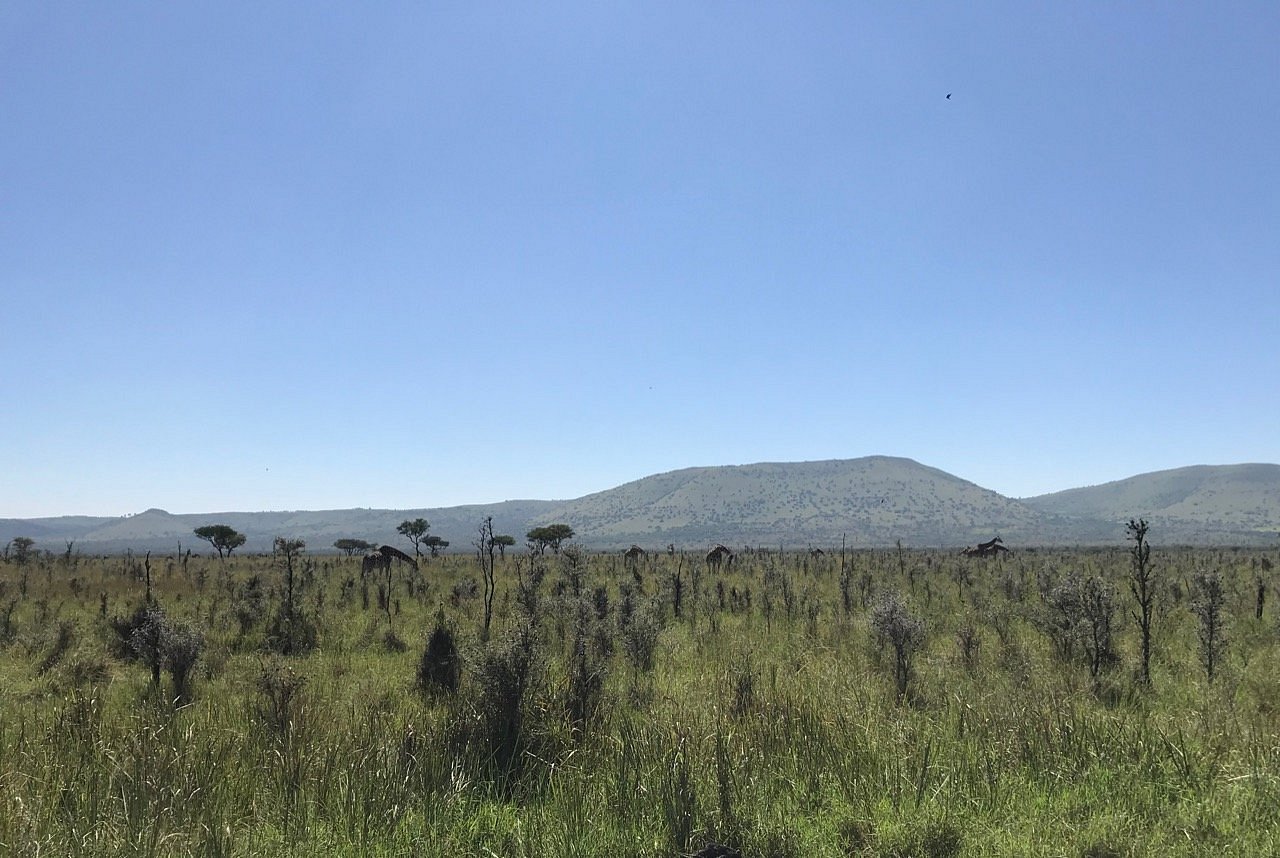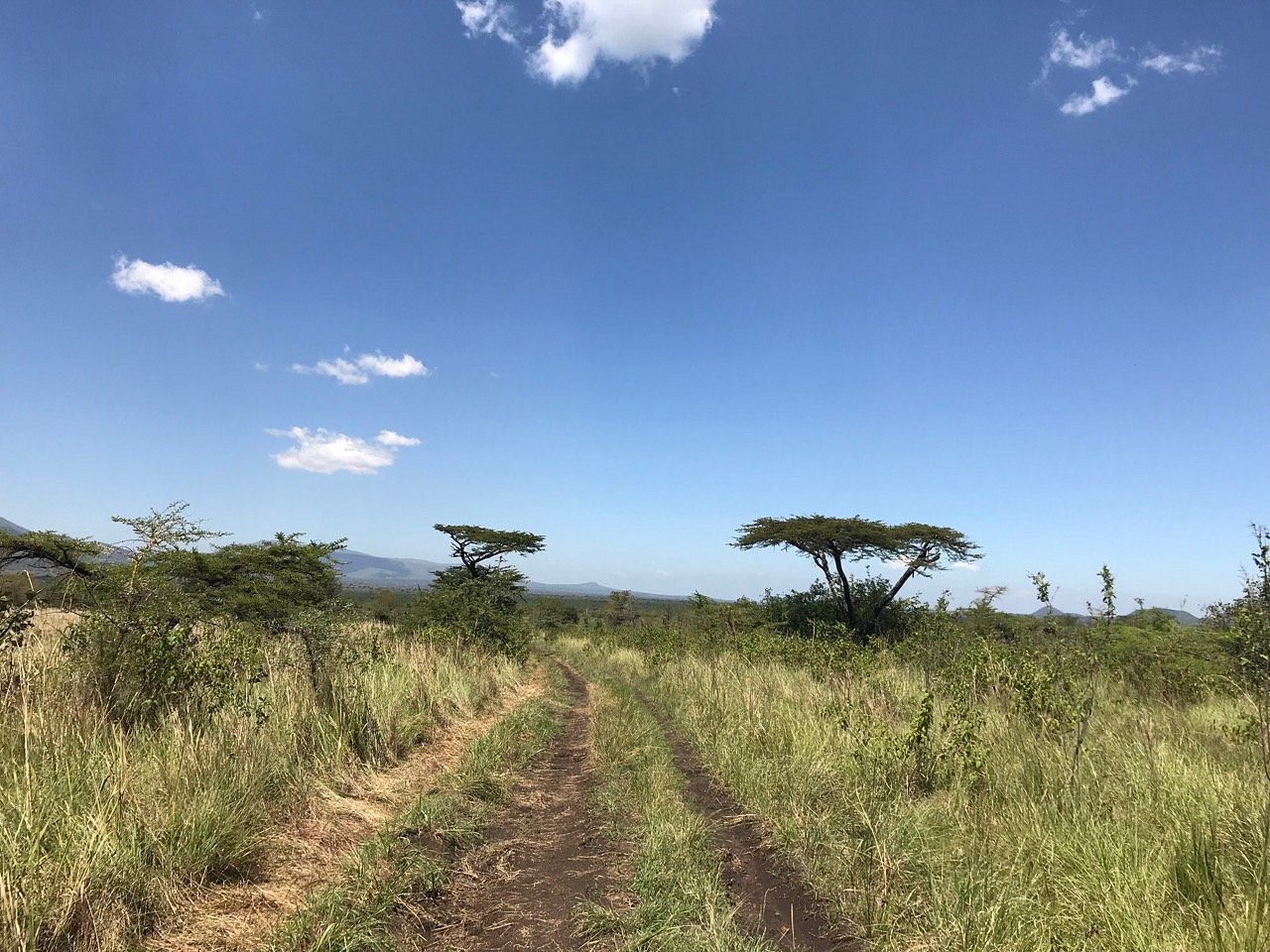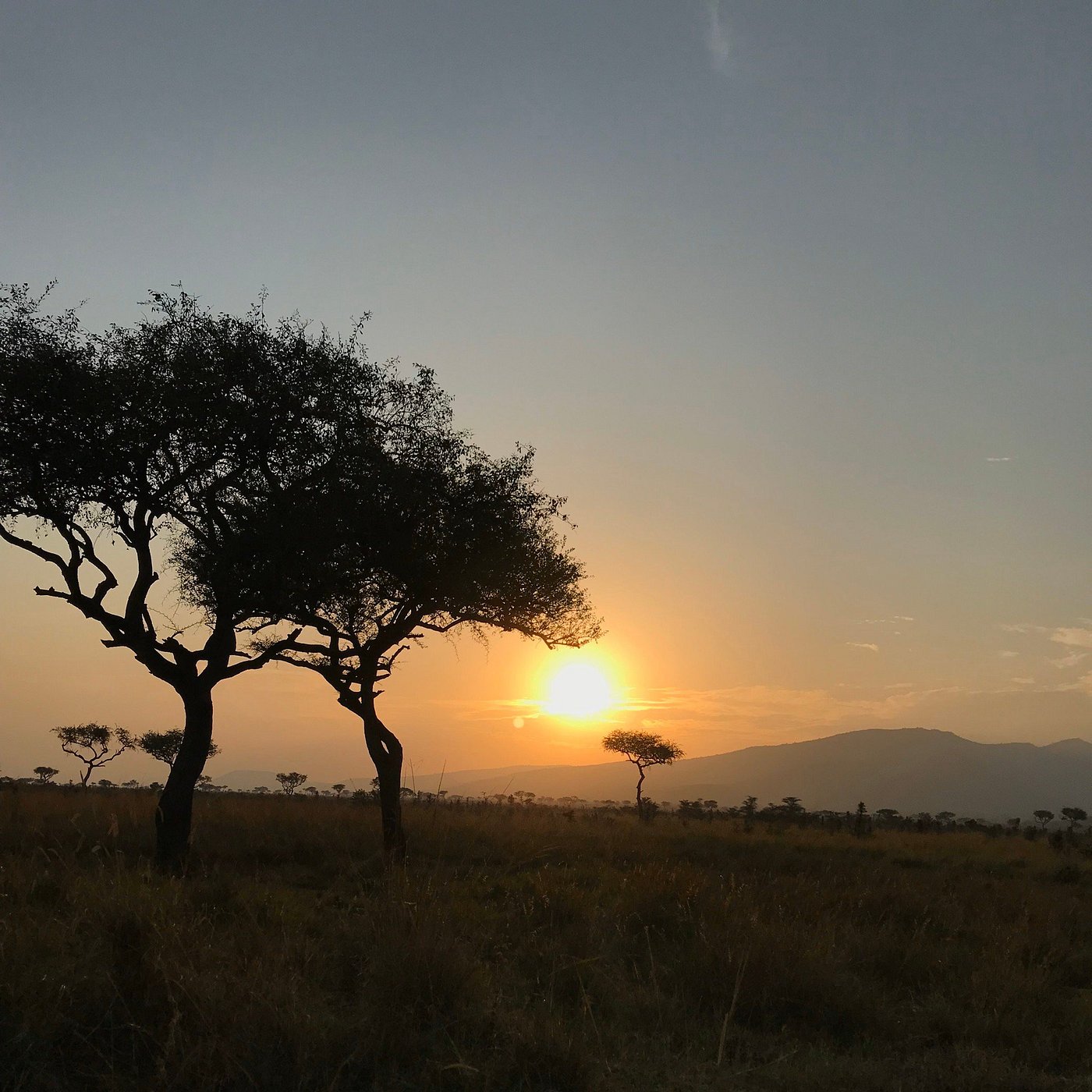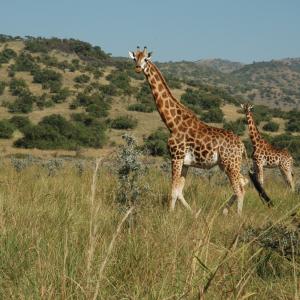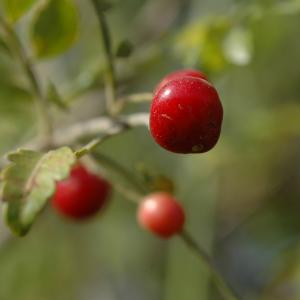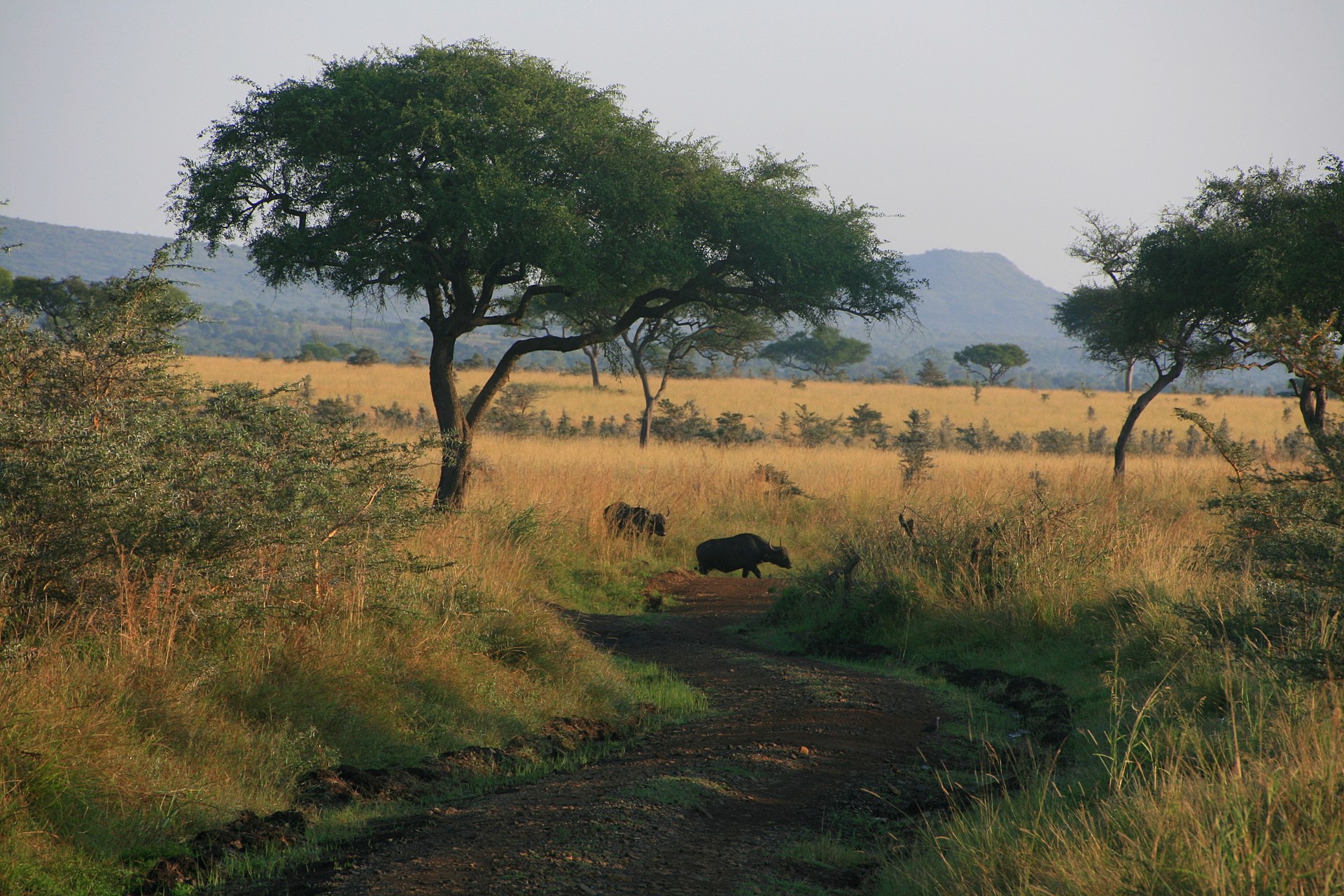
Ruma National Park
Overview
Ruma National Park, often referred to as the "Last Retreat of the Roan Antelope," is a unique and significant wildlife sanctuary located in Homa Bay County in Kenya's western region, near the shores of Lake Victoria. Covering an area of approximately 120 square kilometers (46 square miles), this park holds the distinction of being the only terrestrial national park in Kenya's Nyanza Province.
The park is particularly renowned for protecting Kenya's last indigenous population of the rare roan antelope, a species that is both elusive and endangered. These majestic animals, with their distinctive backward-curving horns and striking facial markings, find sanctuary within the park's diverse habitats.
Ruma National Park boasts a varied landscape, featuring rolling savannah grasslands, riverine forests, and scattered patches of acacia woodland. This diversity of ecosystems supports not only the roan antelope but also a wide range of other wildlife species. Visitors to the park can expect to encounter buffaloes, giraffes, zebras, eland, and various other antelope species, as well as an array of birdlife, including the rare blue swallow.
The park's location near Lake Victoria adds to its ecological significance, making it a crucial area for both terrestrial and avian species. Birdwatchers, in particular, are drawn to Ruma National Park for its rich avifauna, which includes both resident and migratory species.
In addition to its wildlife, Ruma National Park offers visitors the opportunity to experience the stunning natural beauty of Kenya's western region, with its scenic vistas and serene landscapes. Activities in the park include game drives, birdwatching, and nature walks, all of which allow visitors to fully immerse themselves in this peaceful and relatively undiscovered part of Kenya.
Overall, Ruma National Park is a hidden gem, offering a unique and rewarding experience for those seeking to explore Kenya's lesser-known natural treasures while also contributing to the conservation of the country's rare and endangered species.
Park access
From Nairobi: The most common route is to drive from Nairobi, Kenya's capital city, to Ruma National Park. The journey takes approximately 6 to 8 hours, covering a distance of around 380 to 450 kilometers (236 to 280 miles), depending on the chosen route. You would typically take the A104 highway towards Kisumu, then branch off onto smaller roads towards Homa Bay and eventually Ruma National Park.
From Kisumu: Another option is to drive from Kisumu, a major city in western Kenya. From Kisumu, you would drive towards Homa Bay and then continue to Ruma National Park.
While Ruma National Park does not have its own airstrip, charter flights can be arranged to nearby airports in Kisumu or Homa Bay. From there, you would need to arrange for ground transportation to the park.
Park gates
The main access point to Ruma National Park is typically through the main road leading to the park headquarters and visitor center. While there may not be specific gates, there is usually a ranger station or checkpoint near the entrance where visitors can register, pay entry fees, and obtain any necessary permits or passes.
Upon arrival at the park entrance or designated entry point, visitors may need to check in with park authorities, especially if they're planning to engage in activities like game drives or guided walks. This is also an opportunity to get information about the park, including safety guidelines and wildlife sightings.
Park attractions
Ruma National Park holds cultural significance for the local communities, particularly the Luo people who inhabit the surrounding area. The park is situated in the traditional homeland of the Luo, and it is believed to be the site of the legendary God Nyasaye's first resting place, as per Luo folklore.
Park wildlife
Ruma National Park boasts a rich biodiversity, with a variety of plant and animal species inhabiting its diverse habitats. The park is particularly renowned for its population of endangered Rothschild's giraffes, which roam freely within its boundaries. Other wildlife commonly spotted in the park includes buffalo, impala, waterbuck, baboons, vervet monkeys, and various antelope species.
The park is also home to over 400 bird species, making it a paradise for birdwatchers. Visitors can spot a wide range of birds, including African fish eagles, Goliath herons, African pygmy geese, and numerous species of kingfishers, weavers, and raptors.
Camping
Picnicking and Camping: Ruma National Park offers designated picnic sites where visitors can enjoy meals amidst the scenic landscapes. Basic camping facilities are also available for those who wish to spend the night under the stars.

